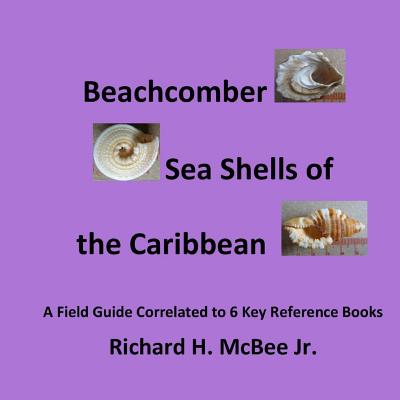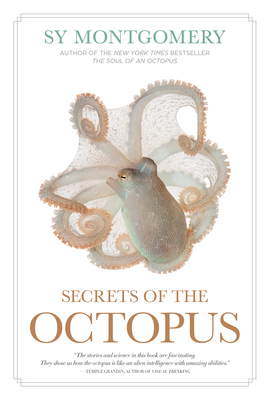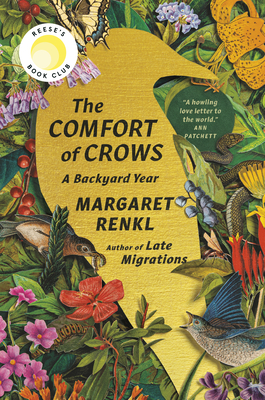
Beachcomber Seashells of the Caribbean: A field guide, correlated to 6 key reference books.
Description
"Beachcomber Seashells of the Caribbean" is a work of art and photography while also filling a gap in the collection and identification of Caribbean sea shells. It has the sound basics of collecting needed for the beginner, amateur and student, while also providing a cross referenced guide to other field guides; something sorely needed by the serious collector and professional conchologist. Readers will find that this book is not simply a piece of beauty to grace the coffee table and foster discussion, but will also be able to use it as a distinct addition to their own catalogue of teaching and scientific research tools. By correlating the book to the data in 6 other key references, it enhances broadens the range of shells and enhances the ability to actually locate, classify and describe shells even beyond the scope of the one book by itself. With it's keys, pictures and page by page references, this single book can form the backbone of an entire study library for the active conchologist. Because the identification keys are based on both a visual and dichotomous approach to the classification of shells, there is a higher probability that the user will actually learn to key out shells and recognize features rather than doing the old "flip through the book" routine in hopes of landing on the right shell in the right family. Scientific and correct anatomical names are used, coupled to common names, throughout the book in order to build up a solid working vocabulary in the study of conchology. The anatomical features are illustrated again and again on photographs of actual seashells to assist collectors in the identifying key characteristics through repetition. A special page showing some of the features of bivalve hinges also helps the budding collector recognize certain shell families quickly by that important characteristic. Advanced collectors and amateurs, will be pleased with the multiple photographs showing field variations found within each species. By utilizing the other references and comparing photos from this variety of sources, the student gains a better perspective of species variation. The beginning shell collector will quickly become familiar with many of the common shells found on any Caribbean beach. They will acquire a common scientific vocabulary so that they will be able to converse knowledgeably with other collectors and transfer this knowledge into the study of sea shells in other parts of the world. In a short period of time the budding student will be able to branch out into the deeper complex identification of even the most obscure specimens. The millimeter scale next to each specimen makes the size of the shell obvious so that the collector will be aware that they are searching for something the size of a rice grain or a football. Enjoyment of any hobby or avocation is extremely important. Having a book with the science and vocabulary mixed in with fine macrophotography will expose the reader to some of the incomparable beauty of the Caribbean. A gateway into the study of the natural world which has enthralled the author for almost a lifetime. He certainly hopes that you fall in love with this wonderful hobby and scientific field of study.



